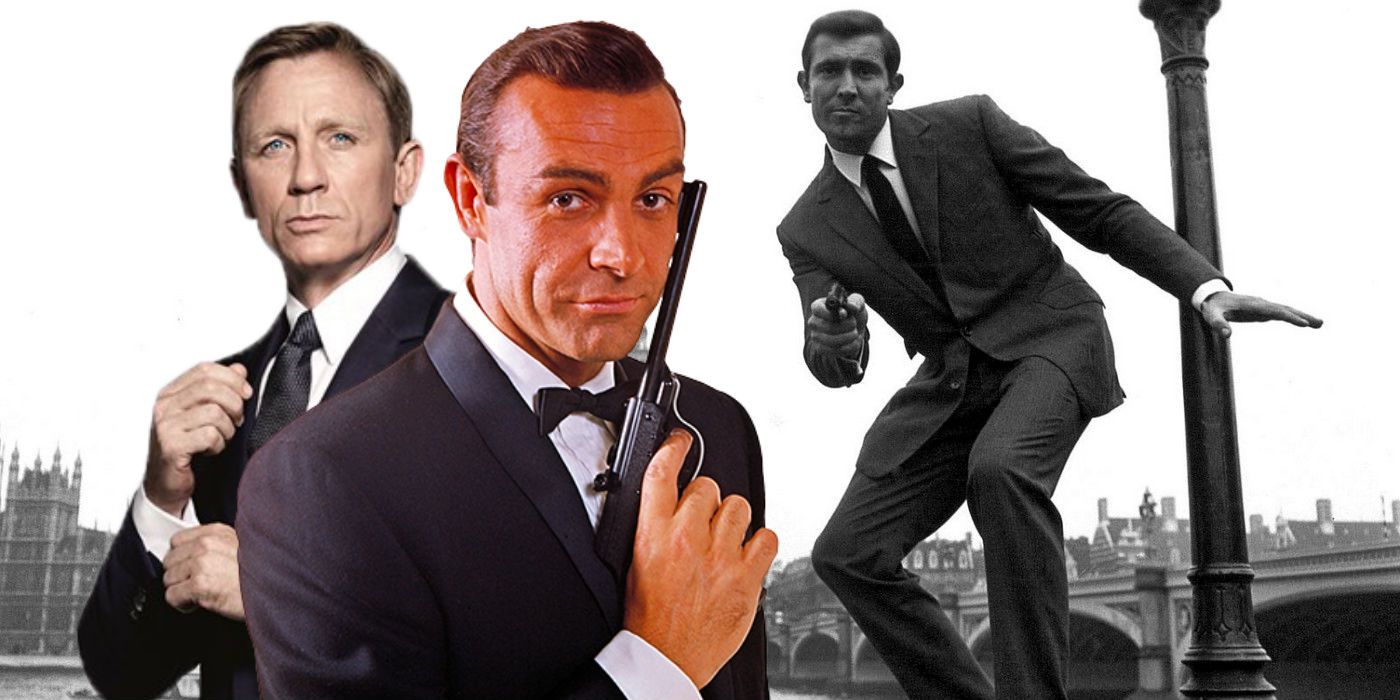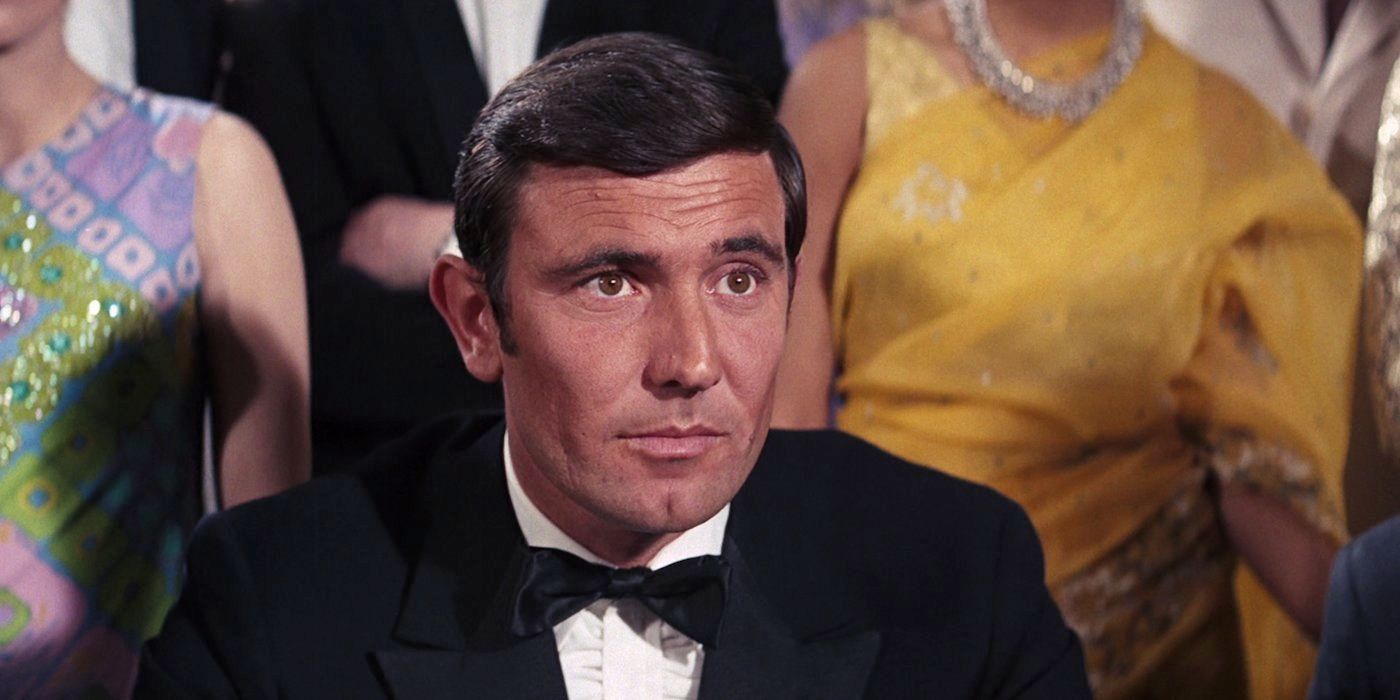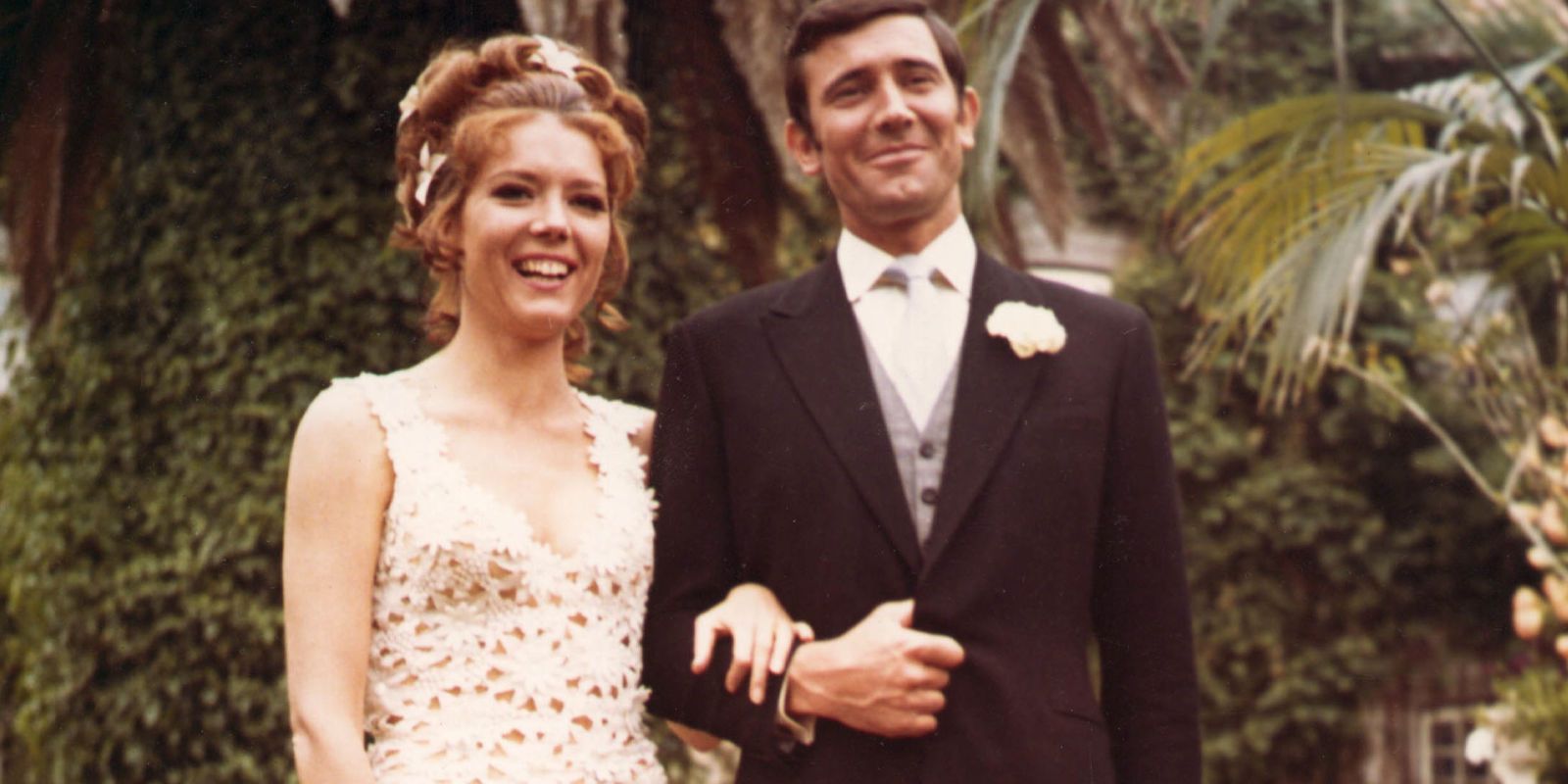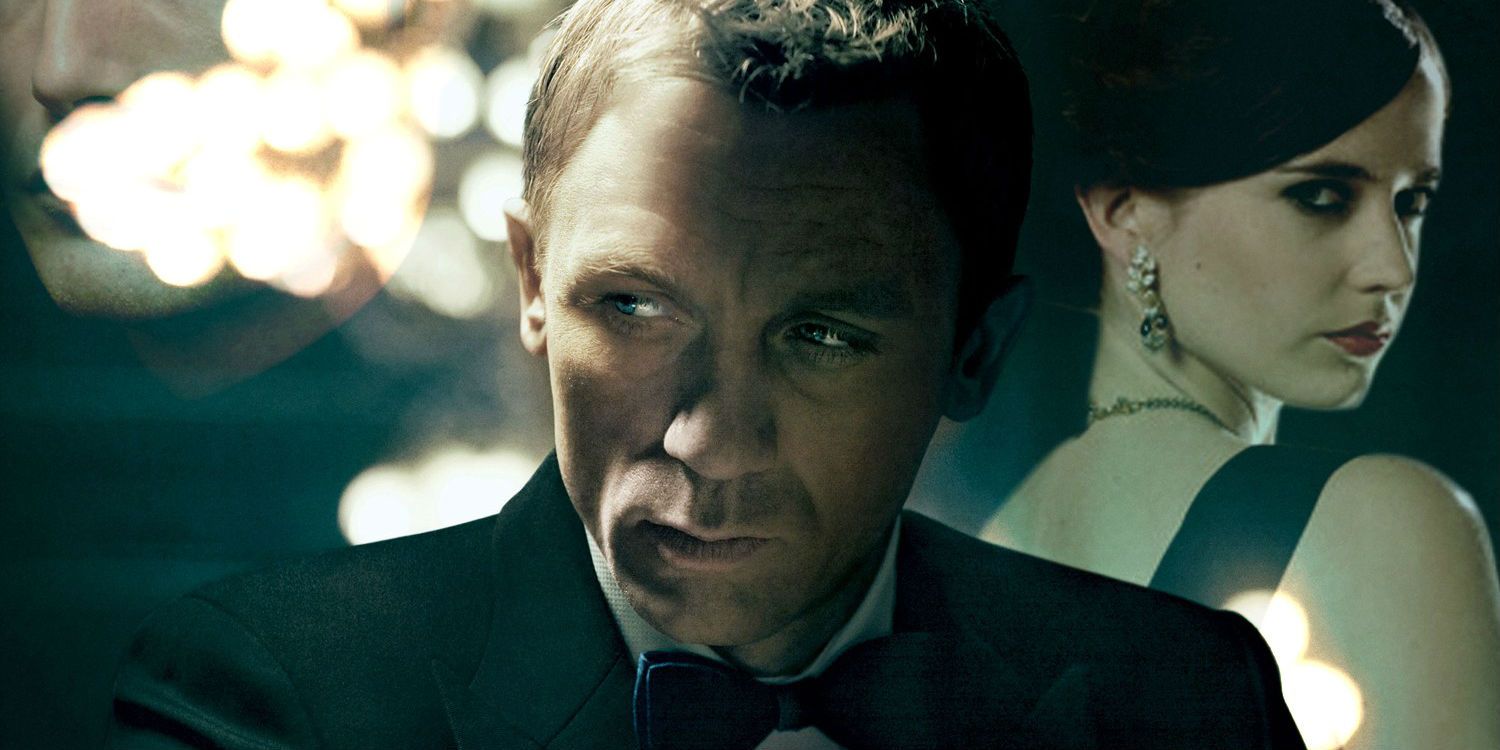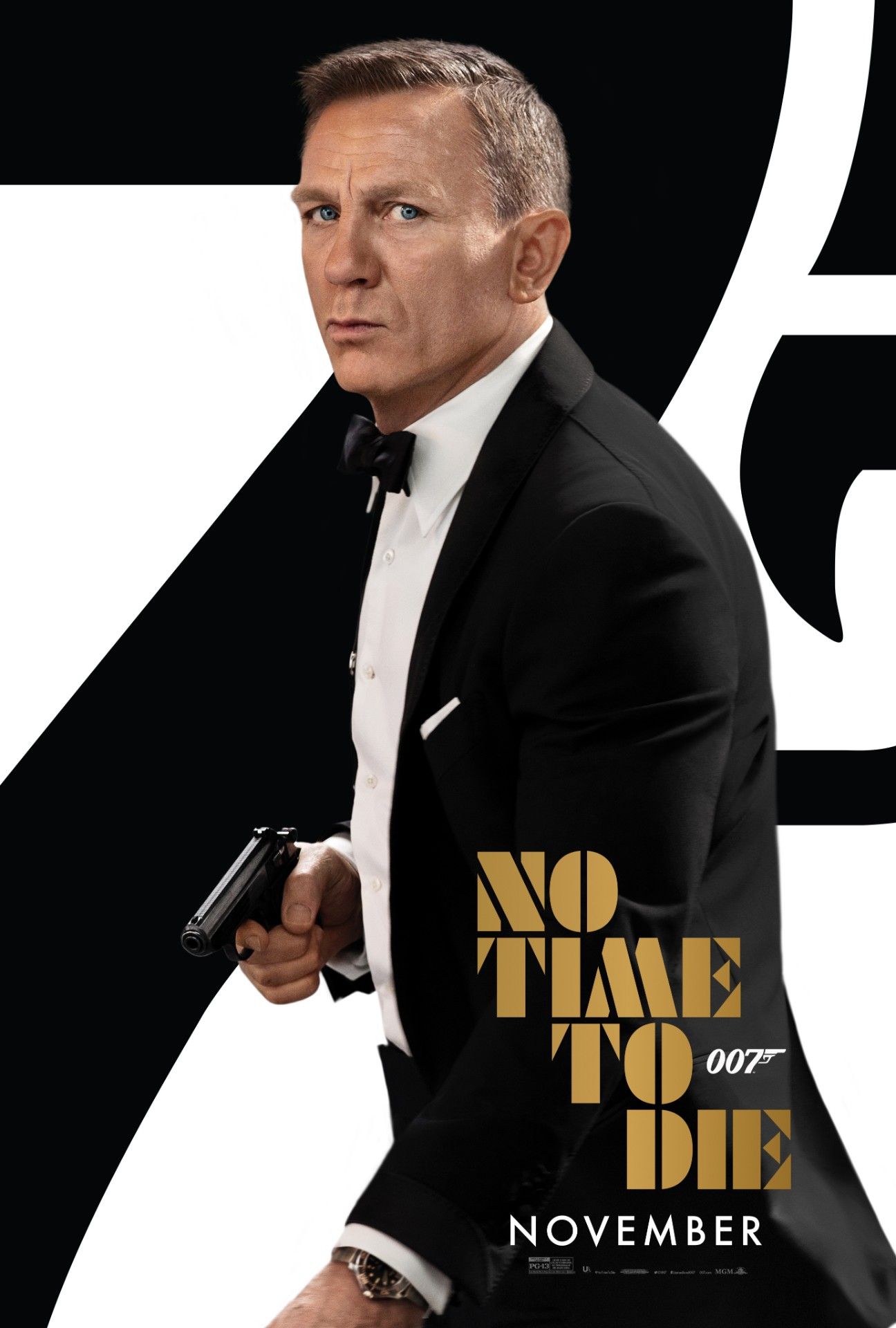On Her Majesty's Secret Service was the divisive blockbuster of its day in 1969, but retrospective critical opinion has been far kinder to George Lazenby's lone James Bond outing. Since debuting in 1962's Dr. No, Sean Connery came to define the James Bond movie franchise, making himself and 007 household names over the span of 5 movies, but a replacement was required for On Her Majesty's Secret Service, and Lazenby was given the honor of being the first actor to inherit the iconic role from another. Not that he stuck around for long. Lasting only a single film, Lazenby's time as Ian Fleming's famous spy, history had primarily cast the film as an unfortunate blip to be hidden away in the closet like a knocked-out henchman but, fortunately, that's no longer the case.
As the film industry ages, it's becoming increasingly common to reevaluate past releases, and either appreciate them in a new light or find flaws that were once looked over. Constantly evolving tastes in terms of content and story structure are usually at the root of this phenomenon, with qualities audiences loved in 1960 not necessarily garnering the same reaction in 2020 and vice versa. However, there's also ever-shifting social values to consider, with some classic movies difficult to watch due to discriminatory scenes that nowadays make everyone watching feel a little uneasy.
In the case of On Her Majesty's Secret Service, modern cinematic values certainly play a factor, but there's far more to the redemption of this Bond black swan than merely the passage of time, with the structure and development of the entire franchise a key part in Lazenby's improved evaluation. Here's how and why opinion towards On Her Majesty's Secret Service performed a 180 turnabout in recent years.
George Lazenby Was A Controversial Casting
To many James Bond fans of the 1960s, Sean Connery was 007, epitomizing the suave but deadly persona and inherent Britishness that would come to define the character's formative years on the big screen. There might've been a dip in quality with Thunderball in 1965, but Connery himself remained nigh-untouchable in the eyes of many and was ostensibly the face of Bond in both physical and figurative terms. Consequently, replacing the Scottish actor was no easy task. Future Bond, Timothy Dalton, even turned down the part after Connery's second retirement, largely because he didn't feel capable of filling that famous tuxedo.
It's perhaps understandable then, with such an almighty reputation to live up to, that fans wouldn't be immediately receptive to a model with minimal acting experience becoming the second James Bond. Lazenby was cast after Bond's producers saw him in a chocolate commercial and, if the slender resume wasn't enough to concern fans, Lazenby also had the audacity to not be British. The hot discussion in 2020 might revolve around whether a female could ever play Bond, but the specifications were even more restrictive in the 1960s and, on paper at least, it's easy to see why choosing an Australian model to replace the beloved Sean Connery didn't go down well with the contemporary audience.
Bond Backlash Masked Lazenby's Performance
The whirlwind of controversy around Lazenby's casting might be somewhat understandable (more so than the bizarre "Blond Bond" debacle Daniel Craig endured at least), but the real disservice came when On Her Majesty's Secret Service was finally released. The majority of reviews in 1969 lambasted Lazenby for his acting chops, taking aim at his past as a model, his apparent unsuitability for the Bond role, and reports of being difficult to handle behind the scenes. Obviously, Lazenby was also compared directly, and often unfavorably, to Sean Connery, and when the Australian turned down further Bond movies, it was no surprise when the Scotsman returned to reclaim his Aston Martin.
Looking back with a modern eye, however, Lazenby's performance as 007 was nowhere near as bad as some of the contemporary opinions would suggest. Admittedly, James Bond mk. II was unlikely to find himself in Oscar contention, and many agree even today that Lazenby wasn't as good in the role as Connery, but the disappointment of Lazenby's casting unfairly clouded what was actually an overall impressive performance. The negativity wasn't helped by the decision to dub Lazenby's lines for a section of the movie. When Bond is masquerading as Hilary Bray, the Australian's voice was replaced with that of original Bray actor, George Baker, further putting Lazenby's acting skills into question, even though behind-the-scenes footage proves Lazenby's impression of Baker was perfectly adequate.
Due to the popularity of Connery, it's likely that his replacement would've received negative reviews regardless of performance quality, and the fact that Lazenby was a foreigner with no acting experience probably sweetened the headlines. But if the 1969 attitude was "Lazenby isn't as good as Connery, therefore he must be bad," modern opinion is far more forgiving. In 2020, getting a new Bond is like electing a new President or Prime Minister - it just happens every few years whether people want it to or not. James Bond is no longer "Sean Connery's gig" as Lazenby himself once put it, and performances are not just evaluated against the original, but against all of the actors to ever take the 007 mantle. Given this broader scope of comparison, modern reviews see Lazenby's iteration of Bond in a far kinder light, sparing special praise for his emotional goodbye to Tracy in On Her Majesty's Secret Service's final scene.
OHMSS Was A Prototype For The Daniel Craig Era
Aside from Lazenby being the Sammy Hagar to Sean Connery's David Lee Roth, critics had other issues with On Her Majesty's Secret Service that were more orientated around story and character than casting. On Her Majesty's Secret Service was a fairly radical departure from the standard Bond formula; a stripped-back affair that dropped the bells and whistles for something a little closer to reality. There were less gadgets to marvel over, less quips to smirk at, and less brevity to undercut the action.
Instead, Bond took a more serious, darker turn. On Her Majesty's Secret Service sees 007 at odds with MI6, threatening to quit the organization and later defying their orders, not so much in the rogue maverick "isn't he a rebel" fashion, but more as a spy cynical of his employer's intentions. Bond himself shows more light and shade. The invincible swagger of Sean Connery's character ebbed away and was replaced by a sense of self-doubt and uncertainty that made James a more human entity, epitomized by his decision to finally settle down and marry Diana Rigg's Tracy. On Her Majesty's Secret Service ends with Bond cradling his dying new wife in his arms, triggering the start of a new chapter for the franchise.
Or it would've done, had the film been better received. Instead, Connery's ultimate replacement ended up being Roger Moore, whose version of James Bond leaned more into the character's light-hearted tropes and gadget-laden silliness than ever before. Interestingly, On Her Majesty's Secret Service bears several parallels to 2006's stylistic reboot, Casino Royale. Just like Lazenby's film, Casino Royale made Bond mortal, fallible and often at odds with MI6, and these themes have continued throughout the Daniel Craig era. Modern Bond also introduced longer-term serious love interests in the form of Vesper Lynd and Madeleine Swann, and even killed the former off, echoing Tracy's death decades earlier.
While this considerable departure might've proved shocking to audiences in 1969, a vulnerable, grounded Bond is far better suited to modern tastes, and fans of Daniel Craig will find more to enjoy in On Her Majesty's Secret Service than elsewhere in the canon. Perhaps if this curiosity of a James Bond film had starred Sean Connery in his prime, audiences would've lapped up the new direction, but stripped of its star and many other familiar elements, audiences rejected On Her Majesty's Secret Service initially. With gritty spy cinema now more prevalent and the notion of Bond's ever-changing face established, it's far easier to enjoy George Lazenby's sole outing as 007, and the film is quite rightly getting the adulation it always deserved.

